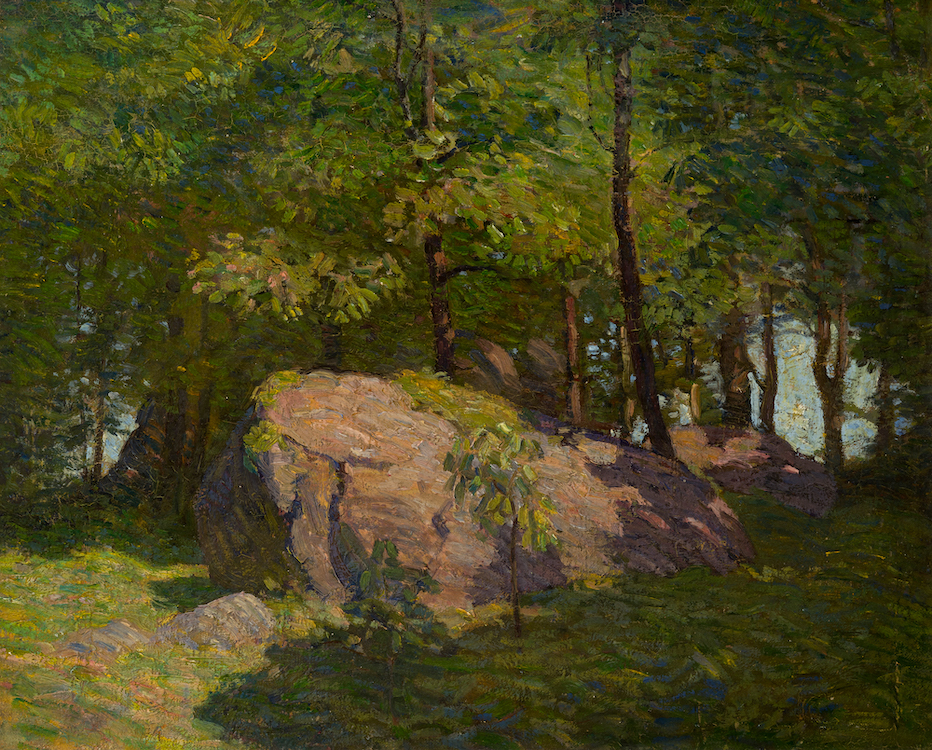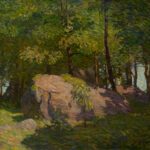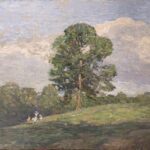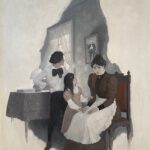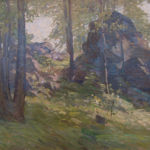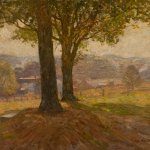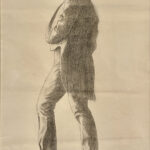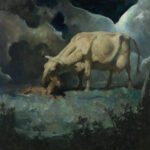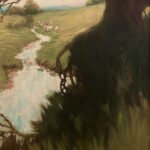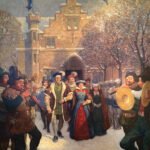Featured Work
Exhibitions

June 20, 2025 - August 29, 2025
THE WYETHS: Paintings From the Estate of Frank E. Fowler
View the Exhibition →
April 25, 2025 - April 27, 2025
The Philadelphia Show 2025 – On View at the Philadelphia Museum of Art
View the Exhibition →
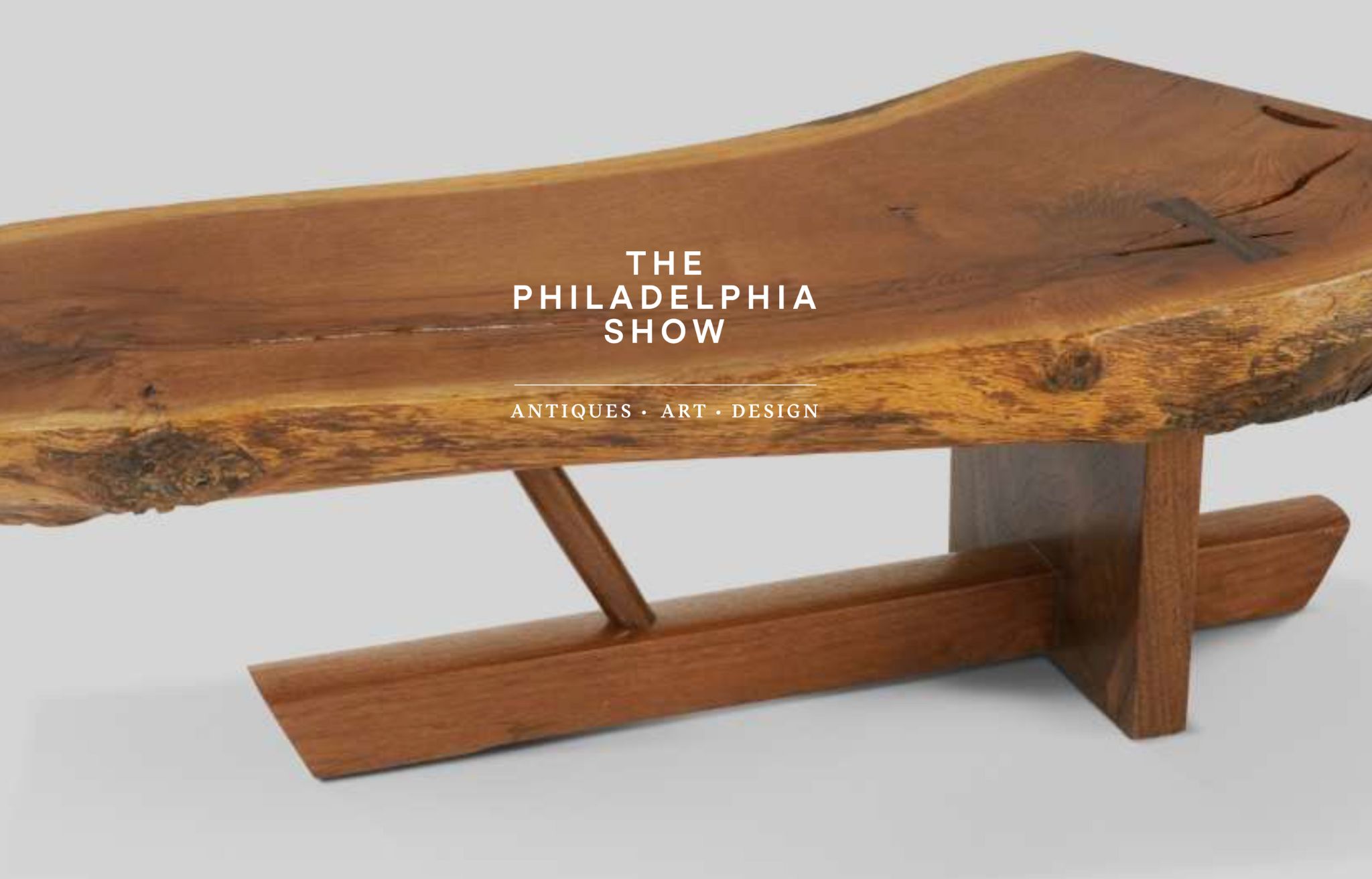
April 26, 2024 - April 28, 2024
The Philadelphia Show 2024 – On View at the Philadelphia Museum of Art
View the Exhibition →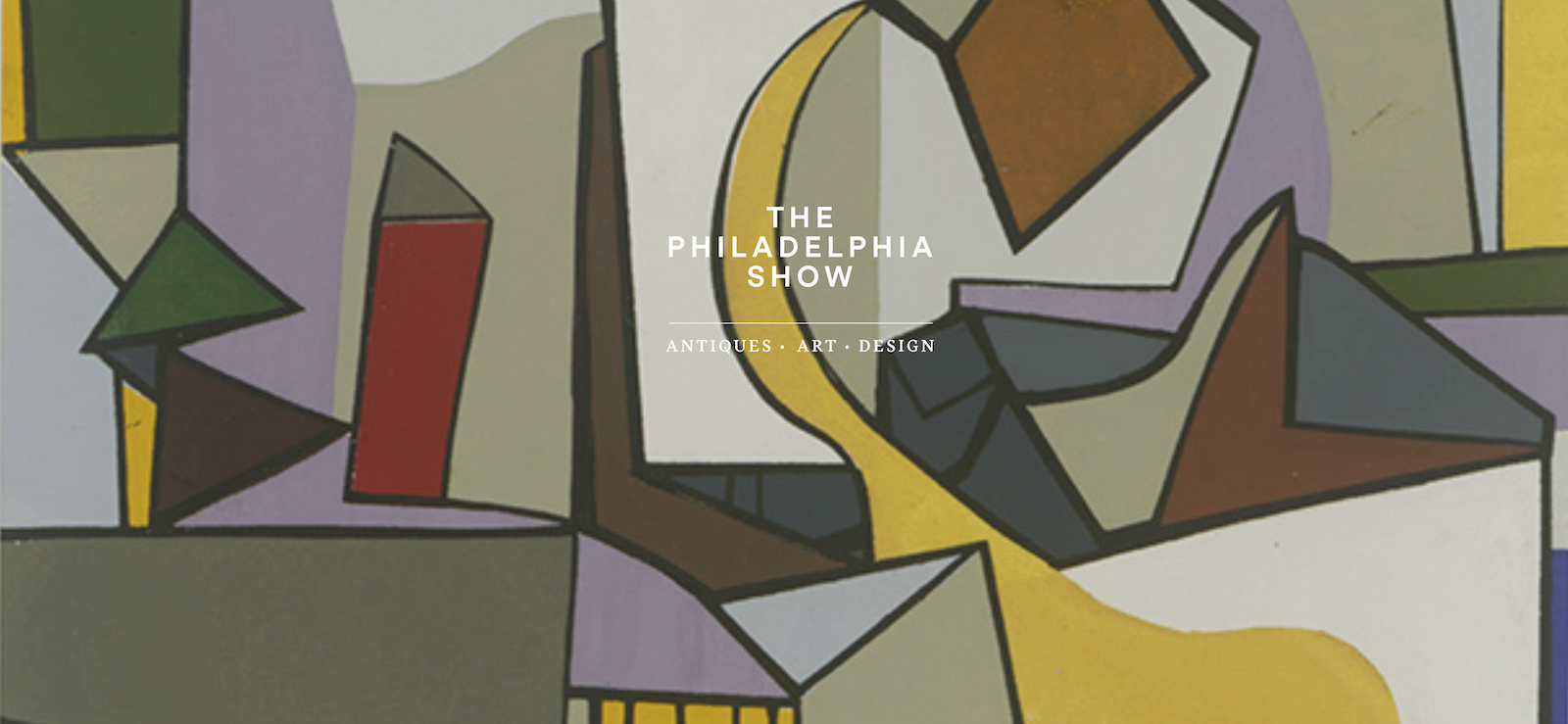
April 28, 2023 - April 30, 2023
The Philadelphia Show 2023 – On View at the Philadelphia Museum of Art
View the Exhibition →News
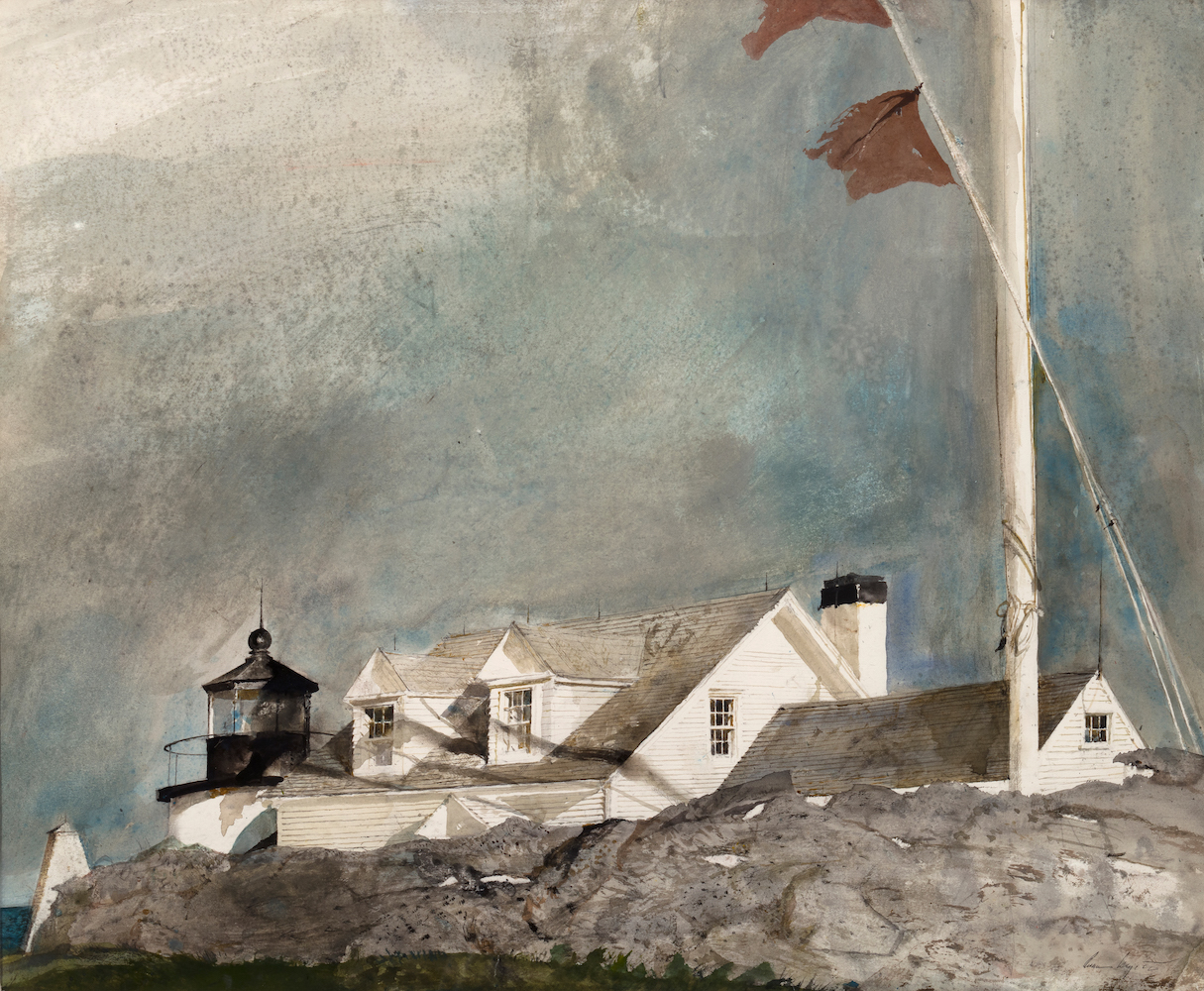
Delaware Today Features Somerville Manning Gallery’s Frank E. Fowler Wyeth Exhibition
August 14, 2025
August 8, 2025
View the Article →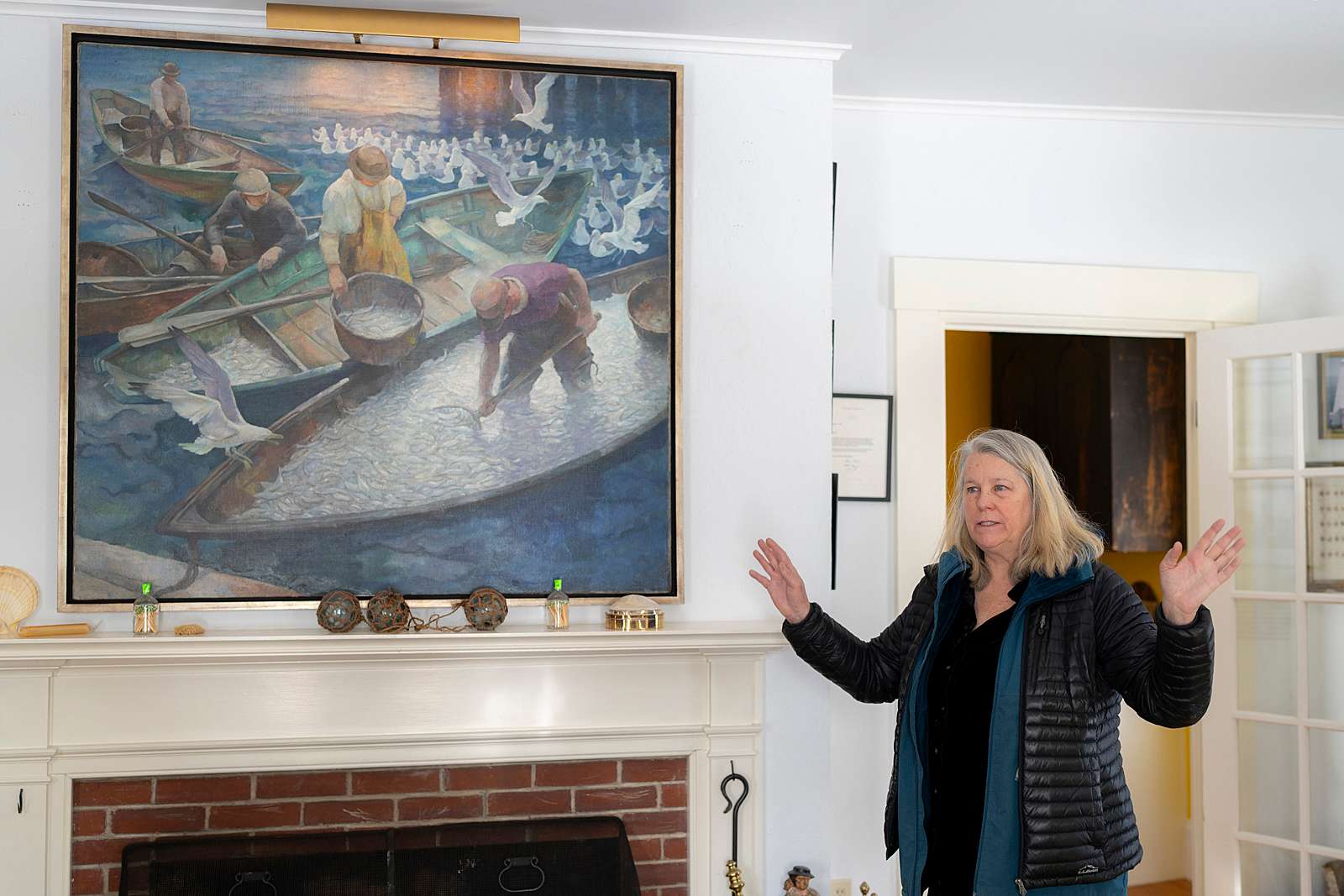

Art In Embassies Program: Paris, France
February 1, 2023
Somerville Manning Gallery contributes to curation of AIE program in Paris, France
View the Article →

Vickie Manning & The DeWees Family Featured in Junxion Magazine
July 30, 2019
Vickie Manning & The Dewees Family tell us why you can’t miss this N.C. Retrospective. If you haven’t heard by now, the Brandywine River Museum’s landmark show, “N.C. Wyeth: New Perspectives,” happens alongside “N.C. Wyeth: Painter and Illustrator” at Somerville Manning Gallery in nearby Greenville. About
View the Article →About
Newell Convers Wyeth was born October 22, 1882, in Needham, Massachusetts. With his mother’s encouragement, N.C. Wyeth attended several art schools – Mechanics Arts School in Boston, Massachusetts Normal Arts School, and the Eric Pape School of Art in Boston before being accepted to Howard Pyle’s School of Illustration in Wilmington, Delaware, in 1902.
After only one and a half years of Pyle’s instruction, Wyeth was appearing in national magazines such as Collier’s, Harper’s, Scribner’s, and others. His first published illustration of a bronco and rider appeared in February 1903 on the cover of The Saturday Evening Post.
With funding from publishers, in September 1904, Wyeth ventured west for the first time to explore and absorb the life of the American frontier. His disciplined observation, imagination, and vivid recall of his adventures provided him with years of material – enough to fulfill America’s thirst to experience the West through words and images. He quickly became a successful and busy illustrator.
After his second trip west, Wyeth returned to Wilmington and married Carolyn Bockius on April 16, 1906. With marriage, his attention turned to the pastoral Chadds Ford countryside, a few miles from Wilmington in the heart of the Brandywine River Valley. There he purchased a house and raised his family. The rolling hills, planted fields, gentle brooks, and woodlands captivated his imagination. This softer landscape, in contrast to the rugged West, appears ad the background for many of his subsequent illustrations and the subject of many easel paintings.
In 1911, Wyeth began work on his first Scribner’s Classic, Robert Louis Stevenson’s Treasure Island. This remarkable work launched a relationship between publisher and painter that continued until the completion of Majorie Kinnan Rawling’s The Yearling in 1939. This famous series includes well-loved books as The Black Arrow, Kidnapped, The Boy’s King Arthur, Robin Hood, The Last of the Mohicans, and many others. Although Wyeth painted thousands of illustrations – for books, magazines, short stories, advertisements, and murals – and plein-air easel paintings, the often reprinted Scribner’s series embodies his most famous work. He interpreted the literary mood of each “classic” and created a different painting style to accompany it, bringing to the canvas an energy unique to illustration or painting.
His sensitivity and appreciation of children must have aided his natural ability to paint children’s literature. He loved their imaginations and sought inspiration from them, retaining the spirit of childhood throughout his life. He took fatherhood seriously and raised five sons and daughters, actively participating in their development. He taught them drawing and painting, literature, music, appreciation of nature, the power of imagination. His conscious goal was to create a truly American art and a generation of artists to fulfill it. Each of his children – Henriette, Carolyn, Nathaniel, Ann, and Andrew – became prodigy in prodigy in painting, music, or science.
Howard Pyle believed in the nobility of the calling to be an illustrator. But N.C. Wyeth continuously strove to create art beyond the confined of an assignment. He was enormously successful in his lifetime as a master illustrator but yearned for recognition in the world of “fine art,” where he perceived that art achieved its highest ideals of truth and beauty. He frequently tried to separate himself from the time and pressures of illustration in order to concentrate on his personal painting, but he continued accepting assignments, even up to his tragic accidental death in 1945.
Victoria Manning, excerpt from Visions of Adventure, N.C. Wyeth and the Brandywine Artists
Exhibitions with Somerville Manning Gallery
2022 American Masters: Art of the 19th – 21st Centuries
2021 PAST | PRESENT | FUTURE
2020 American Masters: Art of the 20th – 21st Centuries
2019 Under the Influence | Contemporary Artists and the Masters Who Inspire Them
2019 N.C. Wyeth: Painter and Illustrator
2018 Wyeth to Warhol: Modern Masters From Past and Present
2016 American and European Masters: Art of the 19th – 21st Centuries
2015 American and European Masters: Art of the 19th – 20th Centuries
2014 American Masters: Art of the 19th – 21st Centuries
2013 American Masters: Art of the 19th – 21st Centuries
2012 American Masters: Art of the 19th – 21st Centuries
2011 Equus
2011 American and European Masters: Art of the 19th – 20th Centuries
2010 American Masters: Art of the 19th, 20th, & 21st Centuries
2009 American Masters
2006 N.C. Wyeth, 25th Anniversary
2001 20th Anniversary, Visions of Adventure, Original Illustration Paintings
2000 N.C. Wyeth to Drew Struzan, Illustration: Then and Now
1999 Howard Pyle and N.C. Wyeth
Please call the gallery for additional works: (302) 652-0271
